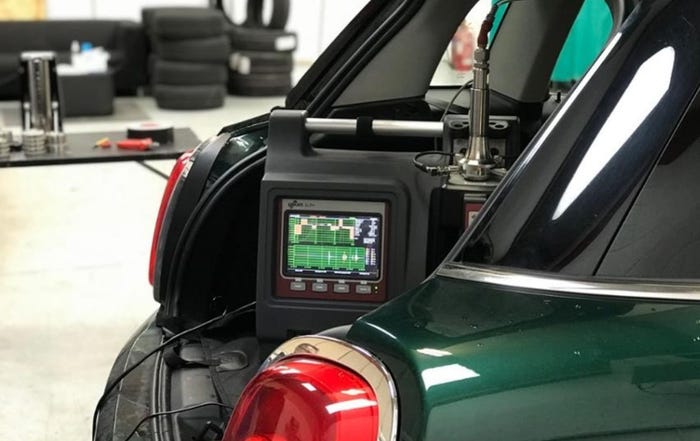Loophole in Spanish Subsidy Program Open to Clunkers
Each PIVE program offered subsidies to new-car buyers who had to show they were scrapping a model 10 to 12 years old. But because none set a minimum ownership period, some old vehicles changed hands without leaving the junkyard.

MADRID – Despite knowing since late last summer about fraud within the subsidy program designed to replace older vehicles with newer, less-polluting ones, Spanish authorities have yet to act.
Libre Mercado, the financial section of Libertad Digital, a Spanish digital newspaper, reports some dealers and junkyard operators have exploited a legal loophole in the government’s so-called cash-for-clunkers programs.
In the recent Subsidies Program for Efficient Vehicles (PIVE), the older PREVER program and the current PIMA Air plan focused on light-commercial vehicles, the Spanish government and automakers paid equal shares for subsidies offered through auto dealers. Assistance typically was €2,000 ($2,770) per vehicle but sometimes reached €3,000 ($4,160).
The government recovered its investment through the value-added tax and other taxes on newly purchased cars. The five versions of the PIVE scheme have raised €578 million ($800.8 million) since their debut in 2012, and a sixth round likely will be enacted in a few weeks, according to Libre Mercado.
In each PIVE program the sole qualification for receiving financial help in buying a new car was to scrap a model 10 to 12 years old. But none set a minimum period of ownership of the vehicle being scrapped. That opened the door for motorists without an eligible vehicle to obtain a previously scrapped one at a junkyard.
It might take less than 24 hours to process the paperwork transferring ownership of the vehicle to be scrapped to the consumer seeking a new, subsidized vehicle, then return ownership of the old vehicle to the junkyard operator. Some vehicles were scrapped several times and, because there was no requirement that they be operable, never were moved from their place in the junkyard.
Since the first evidence of this ruse emerged in September, prices of scrapped vehicles have risen from about €250-€300 ($345-$415) to €400-€450 ($555-$625). Sources tell WardsAuto the price increase could be explained by the increased involvement of auto dealers; the amount the motorist pays for the scrapping operation is reflected in the dealer invoice for the acquisition of the new vehicle as “costs derived from the PIVE transaction.”
No official reaction to the Libre Mercado report has been registered thus far, even though it has generated irritation within a public that cannot understand why a particular industrial sector is being favored in the midst of a crisis that has hit many other sectors hard.
The report also dismisses industry claims that PIVE has reduced auto emissions and made the nationwide fleet safer.
It is not the first time that a government cash-for-clunkers scheme has encountered such problems.
In 2008, the German government investigated a program offering €2,500 ($3,460) subsidies for the purchase of a new car and determined many of the scrapped vehicles were too young to qualify but were shipped to Eastern Europe and sold as luxury used cars. Authorities estimated the cost of the fraud at €120 million ($166 million).
About the Author
You May Also Like



